Chernobyl: The world's worst nuclear disaster
There are plenty of unanswered questions about Chernobyl, the site of the world's worst nuclear disaster.
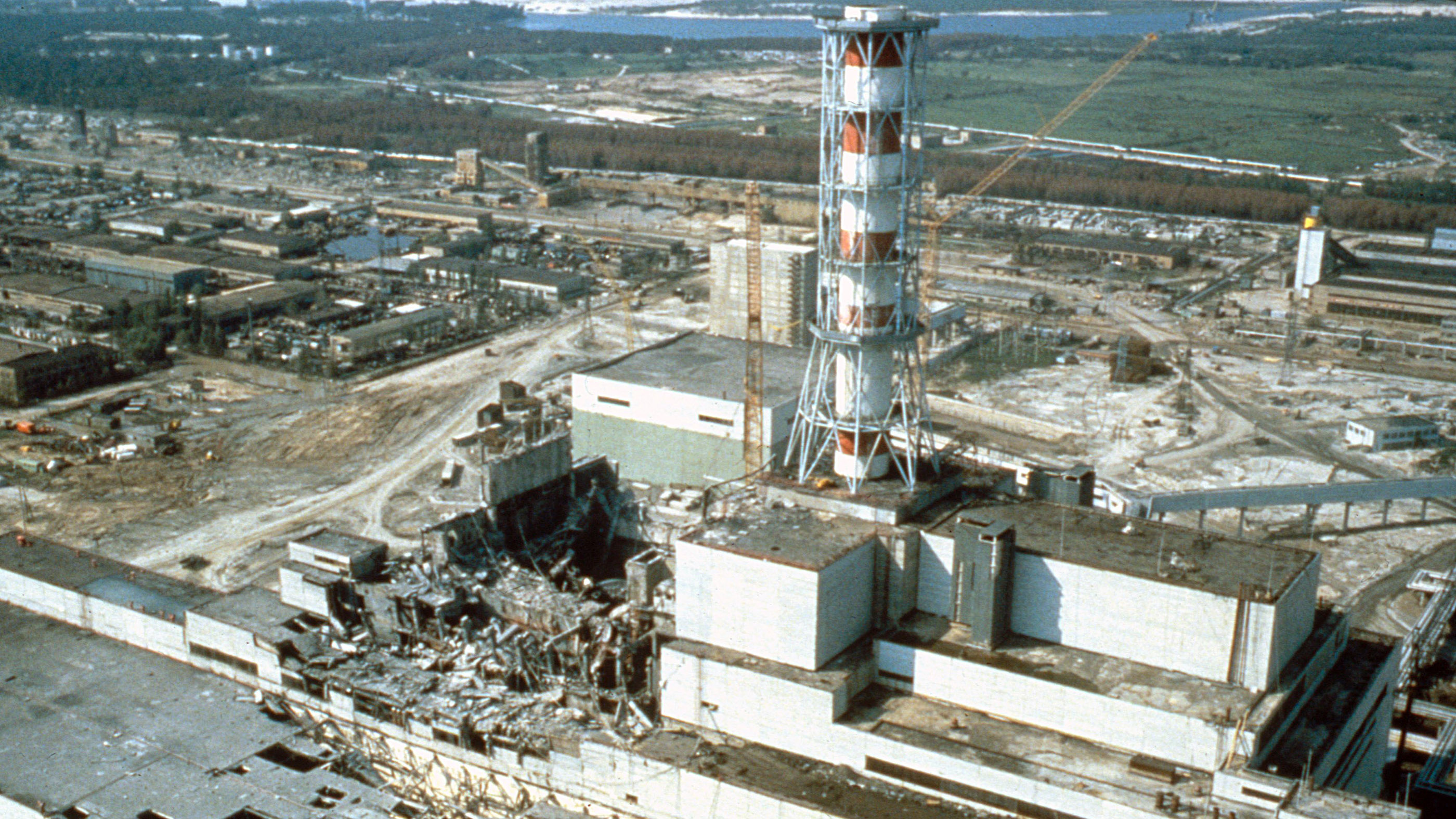
In the early morning hours of April 26, 1986, the Chernobyl Nuclear Power Plant in Ukraine (formerly part of the Soviet Union) exploded, creating what many consider the worst nuclear disaster the world has ever seen.
Even after many years of scientific research and government investigation, there are still many unanswered questions about the Chernobyl accident — especially regarding the long-term health impacts that the massive radiation leak will have on those who were exposed.
Related: 5 weird things you didn't know about Chernobyl
Where is Chernobyl?
The Chernobyl Nuclear Power Plant is located about 81 miles (130 kilometers) north of the Ukrainian capital, Kyiv, and about 12 miles (20 km) south of the border with Belarus, according to the World Nuclear Association. It is made up of four reactors that were designed and built during the 1970s and 1980s. A human-made reservoir, roughly 8.5 square miles (22 sq. km) in size and fed by the Pripyat river, was created to provide cooling water for the reactor.
The city of Pripyat, founded in 1970, was the nearest town to the power plant at just under 2 miles (3 km) away and housed almost 50,000 people in 1986. A smaller and older town, Chernobyl, was about 9 miles (15 km) away and home to about 12,000 residents. The remainder of the region was primarily farms and woodland.
Chernobyl nuclear power plant
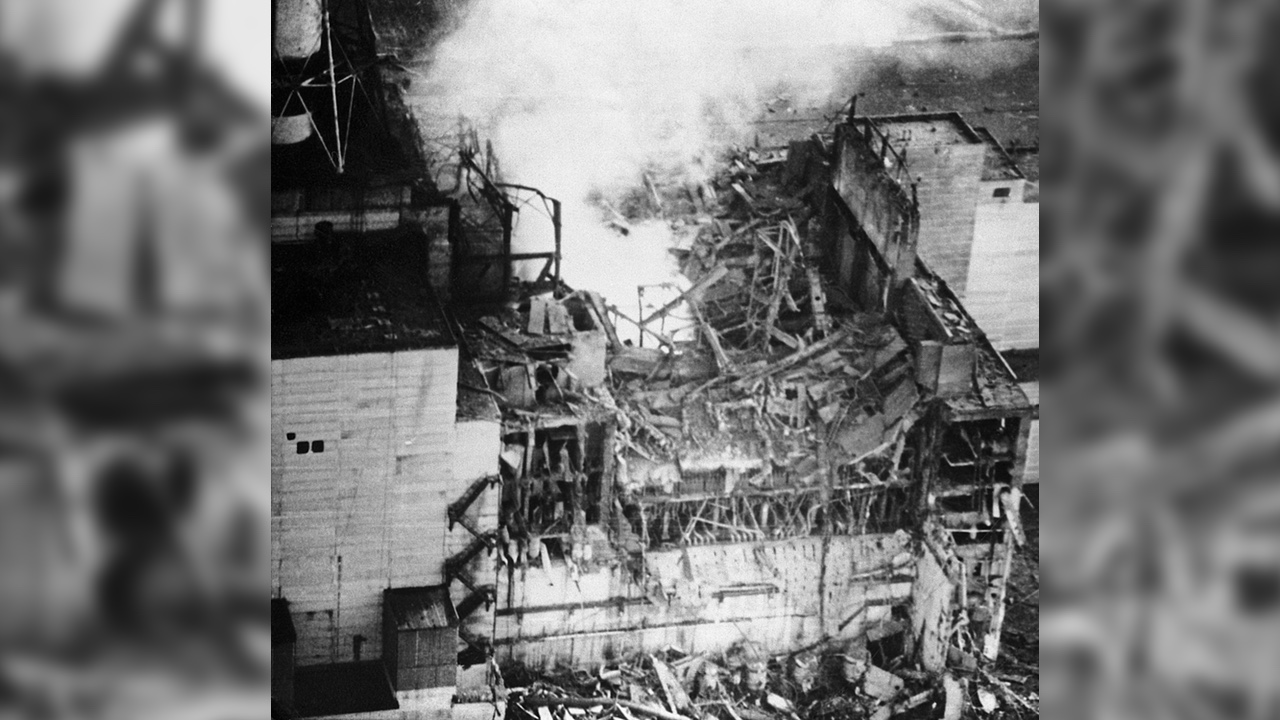
The Chernobyl plant used four Soviet-designed RBMK-1000 nuclear reactors — a design that's now universally recognized as inherently flawed. RBMK reactors were of a pressure tube design that used an enriched U-235 uranium dioxide fuel to heat water, creating steam that drives the reactors' turbines and generates electricity, according to the World Nuclear Association.
In most nuclear reactors, water is also used as a coolant and to moderate the reactivity of the nuclear core by removing the excess heat and steam, according to the World Nuclear Association. But the RBMK-1000 used graphite to moderate the core's reactivity and to keep a continuous nuclear reaction occurring in the core. As the nuclear core heated and produced more steam bubbles, the core became more reactive, not less, creating a positive-feedback loop that engineers refer to as a "positive-void coefficient."
What happened at Chernobyl?
The explosion occurred on April 26, 1986, during a routine maintenance check, according to the U.N. Scientific Committee on the Effects of Atomic Radiation (UNSCEAR). Operators were planning to test the electrical systems when they turned off vital control systems, going against the safety regulations. This caused the reactor to reach dangerously unstable and low-power levels.
Reactor 4 had been shut down the day before in order to perform the maintenance checks to safety systems during potential power outages, according to the Nuclear Energy Agency (NEA). While there is still some disagreement over the actual cause of the explosion, it is generally believed that the first was caused by an excess of steam and the second was influenced by hydrogen. The excess steam was created by the reduction of the cooling water, which caused steam to build up in the cooling pipes — the positive-void coefficient — which caused an enormous power surge that the operators could not shut down.
The explosions occurred at 1:23 a.m. on April 26, destroying reactor 4 and initiating a booming fire, according to the NEA. Radioactive debris of fuel and reactor components rained over the area while fire spread from the building housing reactor 4 to adjacent buildings. Toxic fumes and dust were carried by the blowing wind, bringing fission products and the noble gas inventory of naturally-occurring odorless and colorless gases with it.
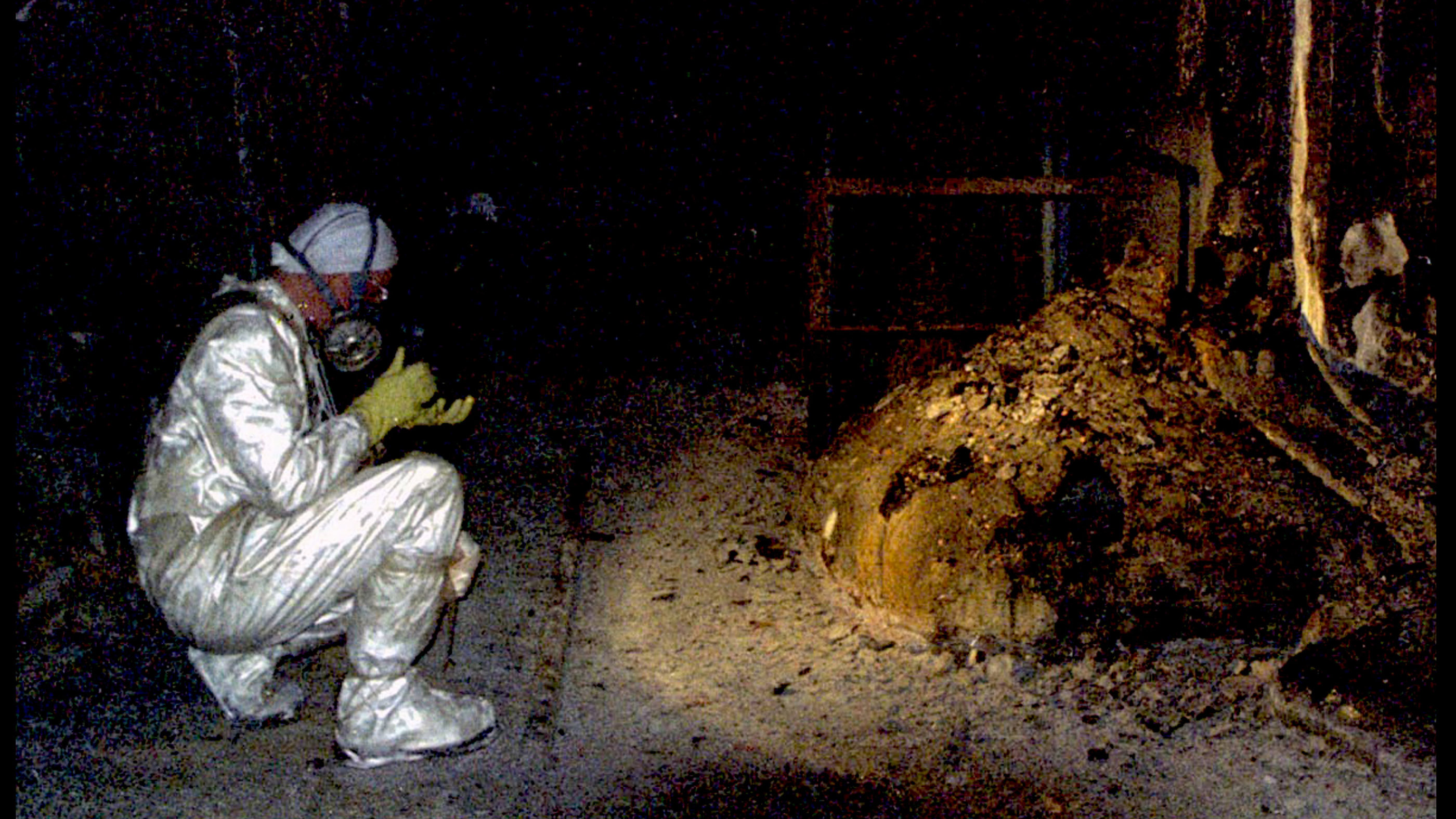
Radioactive fallout
The explosions killed two plant workers — the first of several workers to die within hours of the accident. For the next several days, as emergency crews tried desperately to contain the fires and radiation leaks, the death toll climbed as plant workers succumbed to acute radiation sickness.
The initial fire was stifled by about 5 a.m., but the resulting graphite-fueled fire took 10 days and 250 firefighters to extinguish, according to the NEA. However, toxic emissions continued to be pumped into the atmosphere for an additional 10 days.
Most of the radiation released from the failed nuclear reactor was from fission products iodine-131, cesium-134 and cesium-137. Iodine-131 has a relatively short half-life of eight days, according to UNSCEAR, but it is rapidly ingested through the air and tends to localize in the thyroid gland. Cesium isotopes have longer half-lives (cesium-137 has a half-life of 30 years) and are a concern for years after their release into the environment.
Evacuations of Pripyat commenced on April 27 — about 36 hours after the accident had occurred. By that time, many residents were already complaining about vomiting, headaches and other signs of radiation sickness. Officials closed off an 18-mile (30 km) area around the plant by May 14, evacuating another 116,000 residents. Within the next few years, 220,000 more residents were advised to move to less contaminated areas, according to the World Nuclear Association.
Related: Images: Chernobyl, frozen in time
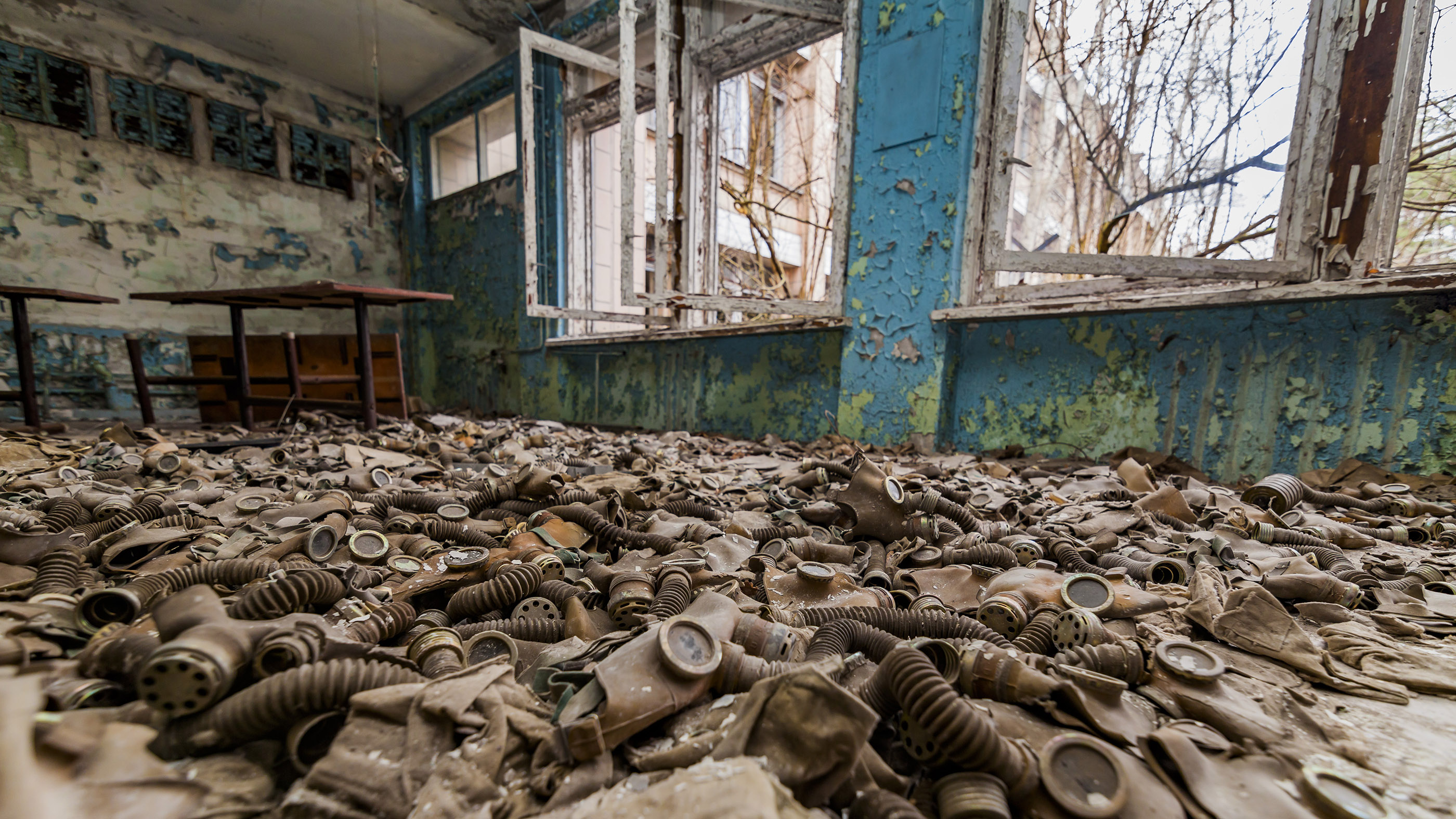
Effects of Chernobyl on humans
Twenty-eight of the workers at Chernobyl died in the first four months following the accident, according to the U.S. Nuclear Regulatory Commission (NRC), including some heroic workers who knew they were exposing themselves to deadly levels of radiation in order to secure the facility from further radiation leaks.
The prevailing winds at the time of the accident were from the south and east, so much of the radiation plume traveled northwest toward Belarus. Nonetheless, Soviet authorities were slow to release information about the severity of the disaster to the outside world. But when radiation levels raised concern in Sweden about three days later, scientists there were able to conclude the approximate location of the nuclear disaster based on radiation levels and wind directions, forcing Soviet authorities to reveal the full extent of the crisis, according to the United Nations.
Within three months of the Chernobyl accident, a total of 31 people died from radiation exposure or other direct effects of the disaster, according to the NRC. Between 1991 and 2015, as many as 20,000 cases of thyroid cancer cases were diagnosed in patients who were under the age of 18 in 1986, according to a 2018 UNSCEAR report. While there may still be additional cases of cancer that emergency workers, evacuees and residents may experience throughout their lifetimes, the known overall rate of cancer deaths and other health effects directly related to Chernobyl's radiation leak is lower than was initially feared. "The majority of the five million residents living in contaminated areas … received very small radiation doses comparable to natural background levels (0.1 rem per year)," according to an NRC report. "Today, the available evidence does not strongly connect the accident to radiation-induced increases of leukemia or solid cancer, other than thyroid cancer."
Some experts have claimed that unsubstantiated fear of radiation poisoning led to greater suffering than the actual disaster. For example, many doctors throughout Eastern Europe and the Soviet Union advised pregnant women to undergo abortions to avoid bearing children with birth defects or other disorders, though the actual level of radiation exposure these women experienced was likely too low to cause any problems, according to the World Nuclear Association. In 2000, the United Nations published a report on the effects of the Chernobyl accident that was so "full of unsubstantiated statements that have no support in scientific assessments," according to the chairman of UNSCEAR, that it was eventually dismissed by most authorities.
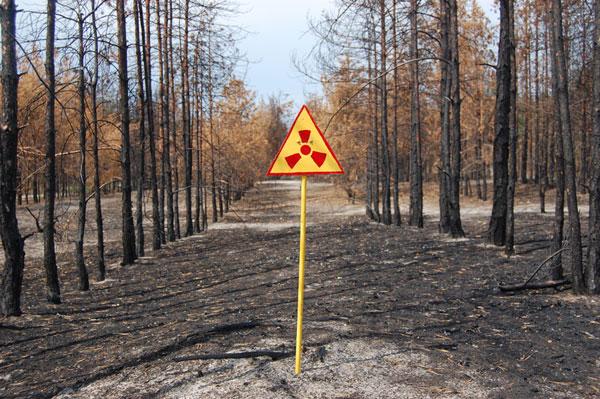
Chernobyl's effect on the environment
Shortly after the radiation leaks from Chernobyl occurred, the trees in the woodlands surrounding the plant were killed by high levels of radiation. This region came to be known as the "Red Forest" because the dead trees turned a bright ginger color. The trees were eventually bulldozed and buried in trenches, according to the National Science Research Laboratory at Texas Tech University.
The damaged reactor was hastily sealed in a concrete sarcophagus intended to contain the remaining radiation, according to the NRC. However, there is ongoing intense scientific debate over how effective this sarcophagus has been and will continue to be into the future. An enclosure called the New Safe Confinement structure began construction in late 2006 after stabilizing the existing sarcophagus. The new structure, completed in 2017, is 843 feet (257 meters) wide, 531 feet (162 m) long, and 356 feet (108 m) tall and designed to completely enclose reactor 4 and its surrounding sarcophagus for at least the next 100 years, according to World Nuclear News.
Despite the contamination of the site — and the inherent risks in operating a reactor with serious design flaws — the Chernobyl nuclear plant continued operation to meet the power needs of Ukraine until its last reactor, reactor 3, was shut down in December 2000, according to World Nuclear News. Reactors 2 and 1 were shut down in 1991 and 1996, respectively. Complete decommissioning of the site is expected to be completed by 2028.
The plant, the ghost towns of Pripyat and Chernobyl, and the surrounding land make up a 1,000-square-mile (2600 square kilometers) "exclusion zone," which is restricted to nearly everyone except for scientists and government officials.
Despite the dangers, several people returned to their homes shortly after the disaster, with some sharing their stories with news sources such as the BBC, CNN and The Guardian. And in 2011, Ukraine opened up the area to tourists wanting to see the after-effects of the disaster firsthand.
Chernobyl today
Today, the region, including within the Chernobyl exclusion zone, is filled with a variety of wildlife that have thrived without interference from humans, according to National Geographic. Thriving populations of wolves, deer, lynx, beaver, eagles, boar, elk, bears and other animals in Chernobyl have been documented in the dense woodlands that now surround the silent power plant. Nonetheless, a handful of radiation effects, such as stunted trees growing in the zone of highest radiation and animals with high levels of cesium-137 in their bodies, are known to occur.
Related: Infographic: Chernobyl nuclear disaster 25 years later
The area has recovered to some extent, but is far from returning to normal. But in the areas just outside the exclusion zone, people are beginning to resettle. Tourists continue to visit the site, with visitation rates jumping 30% to 40% thanks to a 2019 HBO series based on the disaster. And the catastrophe that occurred at Chernobyl resulted in a few significant changes for the nuclear industry: concern about reactor safety increased in eastern Europe as well as around the world; the remaining RBMK reactors were modified to reduce the risk in another disaster; and many international programs including the International Atomic Energy Agency (IAEA) and the World Association of Nuclear Operators (WANO) were founded as a direct result of Chernobyl, according to the World Nuclear Association. And around the globe, experts have continued researching ways to prevent future nuclear disasters.
Russian invasion
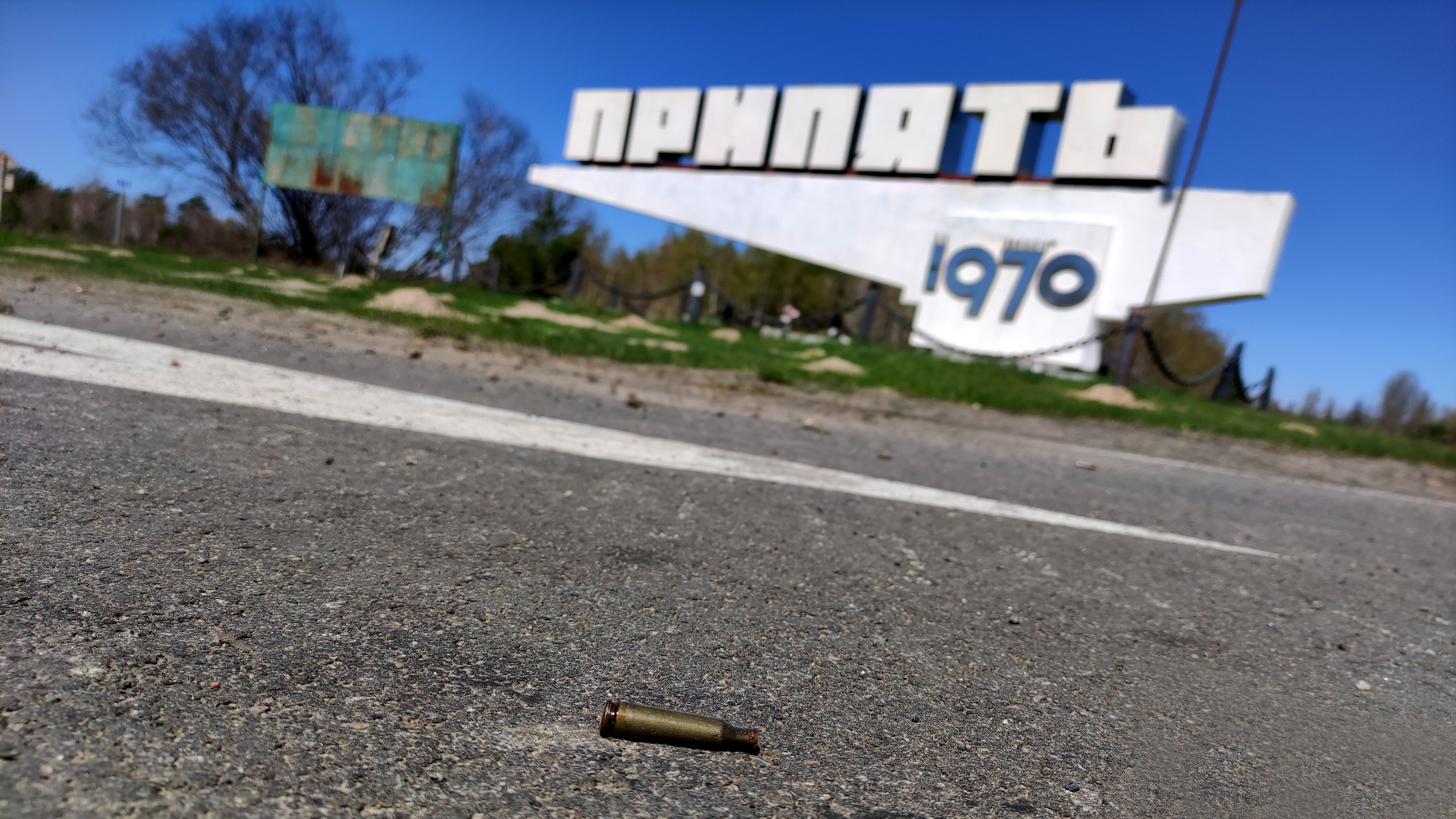
On Feb. 24, 2022, during a full invasion of Ukraine ordered by Russian president Vladimir Putin, Russian troops captured the Chernobyl Nuclear Power Plant, taking its staff hostage.
Just a day later (Feb. 25), after heavy fighting between Ukrainian and Russian forces, increased radiation levels were detected at the power plant, according to Ukrainian officials and online data from Chernobyl exclusion zone's automated radiation-monitoring system. Gamma radiation, a high-energy type of electromagnetic radiation, increased 20 times above typical levels at multiple inspection points. This radiation spike was likely due to radioactive dust that was thrown into the air due to nearby disturbances from war equipment and fighting.
"If it's a resuspension of dust, this is generally stuff that was not that mobile, or it would have blown away," Edwin Lyman, director of nuclear power safety at the Union of Concerned Scientists, previously told Live Science. "So it's probably heavier particles of soil that don't disperse very far."
Even with this radiation spike however, "the dose rates they're finding are not that much greater than the usual dose rates in that area, which, admittedly, are probably about a hundred times the background dose of anywhere else in the world," Lyman said. "But even so, if [the troops] don't spend that much time in the area, it's not going to have a significant impact on their health compared to the threat of dying in war."
Edwin Lyman is an internationally recognized expert on nuclear proliferation and nuclear terrorism as well as nuclear power safety and security. He is a member of the Institute of Nuclear Materials Management, and has testified numerous times before Congress and the Nuclear Regulatory Commission.
The IAEA released a statement on Feb. 24 saying that it was following the situation at the power plant with "grave concern." Rafael Mariano Grossi, IAEA director general, appealed for "maximum restraint to avoid any action that may put the country's nuclear facilities at risk," according to the statement.
At the IAEA General Conference in 2009, the organization's member states (which includes Russia) adopted a decision stating "any armed attack on and threat against nuclear facilities devoted to peaceful purposes constitutes a violation of the principles of the United Nations Charter, international law and the Statute of the Agency," Grossi noted.
On March 9, Ukraine's state energy company announced that Chernobyl's nuclear power plant and all the facilities in the exclusion zone had been completely disconnected and were without electricity. This led Ukrainian officials to express their concern that the spent nuclear material kept in the plant's cooling pools could heat up and evaporate into its immediate surroundings. But nuclear energy experts cautioned that the plant's roughly 20,000 spent nuclear fuel units, which are 22 years old, were fairly cold and that an event of this kind would be highly unlikely.
"The spent fuel rods are at minimum 22 years old. They have very little heat to dissipate," Mark Nelson, the managing director of the Radiant Energy Fund, which advises companies and nonprofits about nuclear energy, wrote on Twitter. "Their heat is low enough that experts I've talked to expect weeks or even months to heat the water enough to dry out the pool. Even then, natural air circulation should be sufficient."
Sometime during the Russian occupation, looters stole radioactive material and isotopes from a radiation monitoring laboratory near the defunct nuclear power plant, according to the Institute for Safety Problems of Nuclear Power Plants (ISPNPP). As it contains no plutonium or uranium, the stolen material cannot be used to make nuclear weapons, but it could possibly make a dirty bomb, although this risk is also low, Live Science previously reported.
On March 31, Ukraine's state nuclear company Energoatom announced that Russian troops had left the plant, taking a small number of the plant's Ukrainian security officers with them. Russian troops evacuated the area after a failed attempt to capture the nearby Ukrainian capital of Kyiv. The rest of the plant's hostaged workers, who had been forced to maintain the plant under gunpoint, were freed. Energoatom also said that Russian soldiers had dug a number of trenches in the radioactively contaminated soil in the Red Forest, leading to unconfirmed speculation that some of the invaders had contracted radiation sickness.
Additional resources
Read more about how water cools and moderates nuclear reactors from the International Atomic Energy Agency. Or find the latest news about the Chernobyl Nuclear Power Plant on the power plant's website. To learn about longstanding health effects from the Chernobyl disaster, go to the Canadian Safety Nuclear Commission.
Bibliography
World Nuclear Association. "Chernobyl Accident 1986" Updated May 2021.
World Nuclear Association. "Cooling Power Plants." Updated September 2020.
United Nations Scientific Committee on the Effects of Atomic Radiation. "The Chernobyl accident." Updated April 2021.
Nuclear Energy Agency. "Chapter I The site and accident sequence." Updated 2002.
U.S. Nuclear Regulatory Commission. "Backgrounder on Chernobyl Nuclear Power Plant Accident." Updated/reviewed August 2018.
United Nations. "International Chernobyl Disaster Remembrance Day 26 April."
United Nations Scientific Committee on the Effects of Atomic Radiation. "Evaluation of Data on Thyroid Cancer in Regions Affected by the Chernobyl Accident." 2018.
Lars-Erik Holm. The Lancet. July 22, 2000.
National Science Research Laboratory. "Chernobyl Research." Copyright January 2020.
World Nuclear News. "Chernobyl confinement structure systems begin operation." Feb. 8, 2019.
World Nuclear News. "Decommissioning of Chernobyl units approaches." Feb. 19. 2014.
BBC. "The people who refused to leave Chernobyl." April 26, 2016.
CNN. "After Chernobyl, they refused to leave." Nov. 7, 2013.
The Guardian. "Chernobyl now: 'I was not afraid of radiation' – a photo essay." June 7, 2019.
Live Science. "Chernobyl Woos Tourists with Promise of 'Negligible' Risk." Dec. 15, 2010.
Live Science. "Nearly 30 Years After Chernobyl Disaster, Wildlife Returns to the Area." Oct. 13, 2015.
National Geographic. "Animals Rule Chernobyl Three Decades After Nuclear Disaster." April 18, 2016.
Live Science. "Is It Safe to Visit Chernobyl?" June 7, 2019.
BBC. "The people who moved to Chernobyl." Oct. 12, 2018.
Live Science. "Disaster Tourists Are Flocking to Chernobyl, Thanks to HBO Series." June 5, 2019.
Live Science. "Who Will Prevent the Next Chernobyl? (Op-Ed)" April 25, 2016.
Live Science. "Russian troops have taken over Chernobyl power plant, Ukrainian official says." Feb. 24, 2022.
International Atomic Energy Agency. "IAEA Director General Statement on the Situation in Ukraine." Feb. 24. 2022.
This article was updated on June 20, 2019 by Live Science Contributor Rachel Ross.
Sign up for the Live Science daily newsletter now
Get the world’s most fascinating discoveries delivered straight to your inbox.

- Laura GeggelEditor










